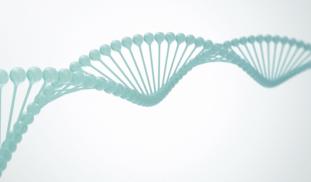121
3
0
Like?
Please wait...
About This Project
Imagine being able to edit any gene—from Alzheimer's and cancer to eye color and balding. Today, that is almost possible, with gene scissors: we simply cut out the original gene, then paste the new one.
The Problem: We can cut genes, but only hope they get pasted.
The Solution: Gene glue for gene scissors.
The Problem: We can cut genes, but only hope they get pasted.
The Solution: Gene glue for gene scissors.

